VEGA-C launches Italian ALPHA by the end of 2020
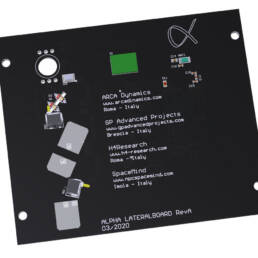
2020.06.02
VEGA-C launches Italian ALPHA by the end of 2020
At the end of 2020, on the occasion of the first launch of VEGA-C, the most powerful version of the Italian rocket Avio, H4Research, in partnership with Arca Dynamix, NPC Spacemind, GP Advanced Projects and the National Research Council (Cnr) will launch nanosatellite ALPHA.
NEXT – Systems Engineering, will be responsible for the ground segment and Cybera company, for cyber security segment.
The launch will be an opportunity to demonstrate the Italian ability to create an entire value chain in a sector of primary importance, such as space, to allow a strategic positioning of Italy in the international geopolitical framework, as well as to maintain a predominant role in the field. Earth observation, telecommunications, cyber security and all related services. The project will allow, in the context of the “Country System”, to involve not only the world of research, thanks to the participation of the CNR, also start-ups and SMEs, and thus to enhance, in Italy, highly technological Italian research projects and development born from the ingenuity of young Italian entrepreneurs.
COVID-19 delays inaugural VEGA-C launch
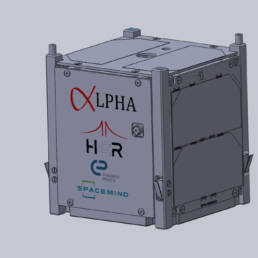
2020.05.26
COVID-19 delays inaugural VEGA-C launch
The news, although predictable, had not yet been made official. However, the official news comes from ESA of the postponement of the inaugural launch of the VEGA-C.
The new launch dates, hoping that the COVID-19 emergency will return in the meantime, are for the end of 2020.
Cubesat collective project to be launched by VEGA-C
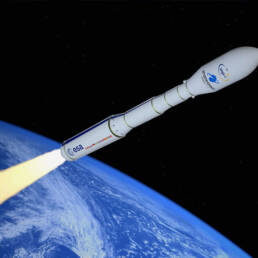
2019.11.06
Cubesat collective project to be launched by VEGA-C
H4Research, together with other Italian start-ups operating in the space sector, will be involved in the construction of a nano satellite that will be launched in June 2019 on the occasion of the inaugural launch of the VEGA-C and placed in an orbit of 6,000 km.
On the occasion of this particular mission, far more distant from the typical orbits of nano satellites (200-800km), innovative proprietary subsystems will be tested which, if validated, will allow in the future to carry out satellite missions by means of cubesat, in MEO orbits, other than those Conventional LEO (low earth orbit).
Inauguration of H4R Ground Station at Volandia Museum
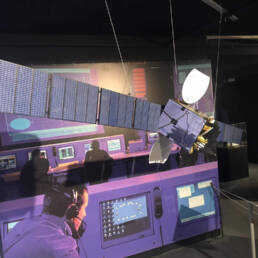
2019.03.01
Inauguration of H4R Ground Station at Volandia Museum
9 months after the announcement of the agreement between Volandia and H4Research, the museum reopens its doors after a period of restructuring.
The new cubesat control room was inaugurated in the space pavilion, the first of its kind in Italy. From here, all the space missions in which H4Research will take part will be monitored. All of this will be accompanied by a rich educational program aimed at involving young people in experiments and simulations in the space sector.
H4R staff becomes Air Force partner in the Aviolancio project

2019.02.16
H4R staff becomes Air Force partner in the Aviolancio project
In pursuing the strategic objective of developing an autonomous national capacity to access Space and downstream of the numerous studies carried out in this area by the Defense, the Academic and Research and Industrial Sections, the CNR-ISAC has decided to involve the H4Research staff in the feasibility study of a cubesat launcher from an aerial platform. The contribution of H4Research will be in the context of the study of rocket ascent profiles and engine calculation, as well as Artificial Intelligence solutions to be integrated on board the project.
H4R builds the first Italian Cubesat control room
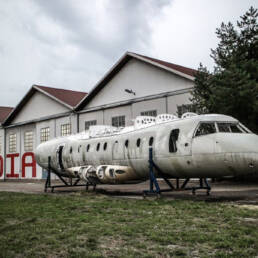
2018.06.04
H4R builds the first Italian Cubesat control room
The agreement between VOLANDIA and H4Research has been made official. The control room for ground monitoring of cubesat, the first in Italy will be built inside the museum and will be supported by a rich educational program.
H4R + INGV satellite mission succeeds
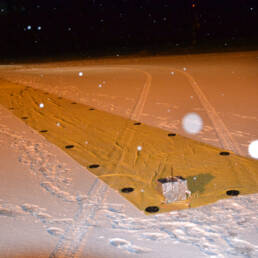
2018.01.19
H4R + INGV satellite mission succeeds
H4Research launches the cubesat satellite on-board computer (OBC) into the stratosphere with a balloon during a scientific mission shared with INGV at the North Pole. During the flight the resistance of the subsystem (built with COTS components (component-off-the-shelf) and innovative redundancy logic) was tested against ionizing radiation. The test was a complete success.








